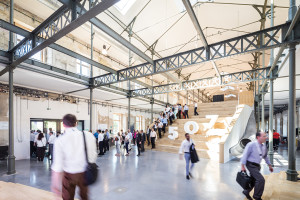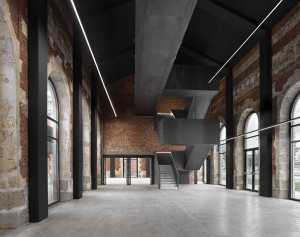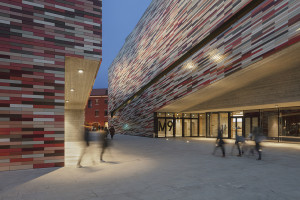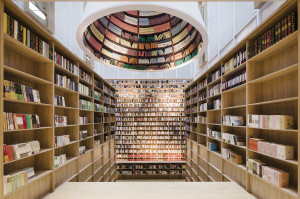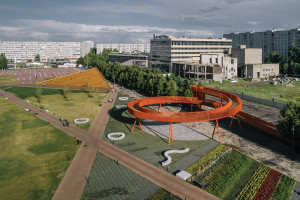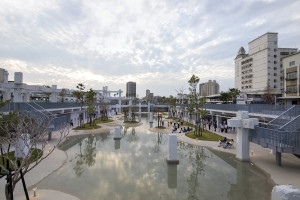SET
OTT
2020
Urban metabolism and recycling practices
Imagining the city as a construct capable of growing upon and regenerating itself based on a cyclical model stretches back into the most ancient history, to the origins of the city itself. A practice that is once again central to our contemporary era when considered as part of sustainable strategies for planning and managing the built environment. The construction industry, as we know, produces the greatest damages to the environment in all of its phases: from the preparation of raw materials and components to the construction site to the use and operation of what is built. The projects selected for this issue present a vast range of situations in which the principles of recycling are applied not only to buildings, dilapidated areas or entire landscapes. They also demonstrate the ability to trigger virtuous processes of regeneration extended to the broader physical, social and economic context. Furthermore, this logic assigns the architect a determinant role in controlling the diverse phases. Designers are asked to guarantee a process that minimises energy demand, pollution, the use and waste of raw materials, opting for reuse and preparing a building for other possible future uses. This role is even more effective when supported by an holistic model and an integrated approach to design that coordinates supply chains, guiding results toward an efficient use of resources and reducing damages to the environment. The People’s Pavilion, a temporary service structure erected in the centre of Eindhoven, is emblematic; in addition to reutilising a notable quantity of plastic waste material, the Pavilion is the result of an innovative approach based on components and materials made of secondary raw materials. Used in this way they assume a greater value than that originally assigned them, demonstrating the concept of a circular approach to architectural design. Adapting instead of demolishing well-conserved existing buildings to host diverse functions and reactivating abandoned urban spaces to socially and economically revitalise neighbourhoods are now widespread practices in many European cities. These increasingly more common situations stimulate the creativity of architects and offer important occasions for bringing new and meaningful life to once obsolete buildings. A perfect example is offered by the transformation of an abandoned space beneath the Central Railway Station in Milan, once used to store goods and distribute the mail, into a Memorial to the Holocaust. The refurbishment strategy adopted by the architects proved successful in terms of both the overall quality of space and its symbolism.



